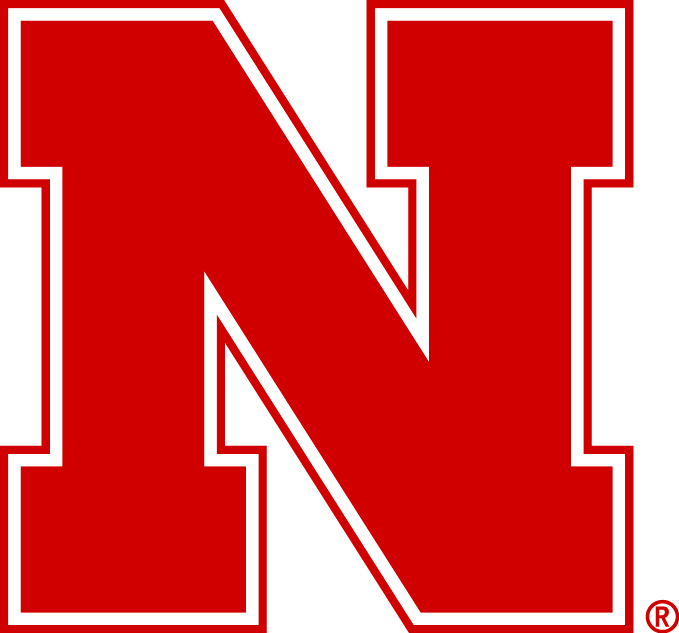The UNL Data Repository (UNLDR) launched in 2010, curating, preserving, and making public the research data collections of NU researchers. These data are available for anyone’s exploration, support the results and conclusions presented in publications, and may be reused in research and/or teaching.
Among the UNLDR’s current data collections is Nebraska greater prairie-chicken and sharp-tailed grouse spring breeding ground male counts, 1956-2018 (DOI: 10.32873/unl.dr.20220511), created by Danielle J. Berger, Jeffrey J. Lusk, Larkin A Powell, and John P. Carroll (School of Natural Resources and Nebraska Game and Parks Commission). These data support the publication Exploring old data with new tricks: long-term monitoring indicates spatial and temporal changes in populations of sympatric prairie grouse in the Nebraska Sandhills (2023, Diversity, 15(1), 114). The data, collated from a variety of historical sources, illustrate changes in abundance over time and space and are ideal for visualization exercises.
I downloaded the “Greater Prairie Chicken Counts” CSV file from the UNLDR, selected a subset of the data (3 locations: Arthur, Bassett, and Swan Lake), and created a tidy dataset (189 observations of 3 variables with 16 missing values). Importing the XLSX file into RStudio and loading the tidyverse package, I created this quick and dirty plot that illustrates variations in spatial and temporal abundance for one species:

Here is the code:
ggplot(Prairie_Chicken_tidy, aes(Year, Total)) + geom_col(aes(col = Location)) + labs(title = “Greater Prairie Chicken Counts in Three Nebraska Locations, 1956-2018”).
Exploring publicly accessible data collections can inform and enrich your research and teaching efforts.
Feel free to contact us at datamanagement@unl.edu for advice about data management and data management plans, identification of suitable data repositories, curation of data, or depositing data locally in the UNLDR to support your publications and meet the expectations of external funders and publishers.
